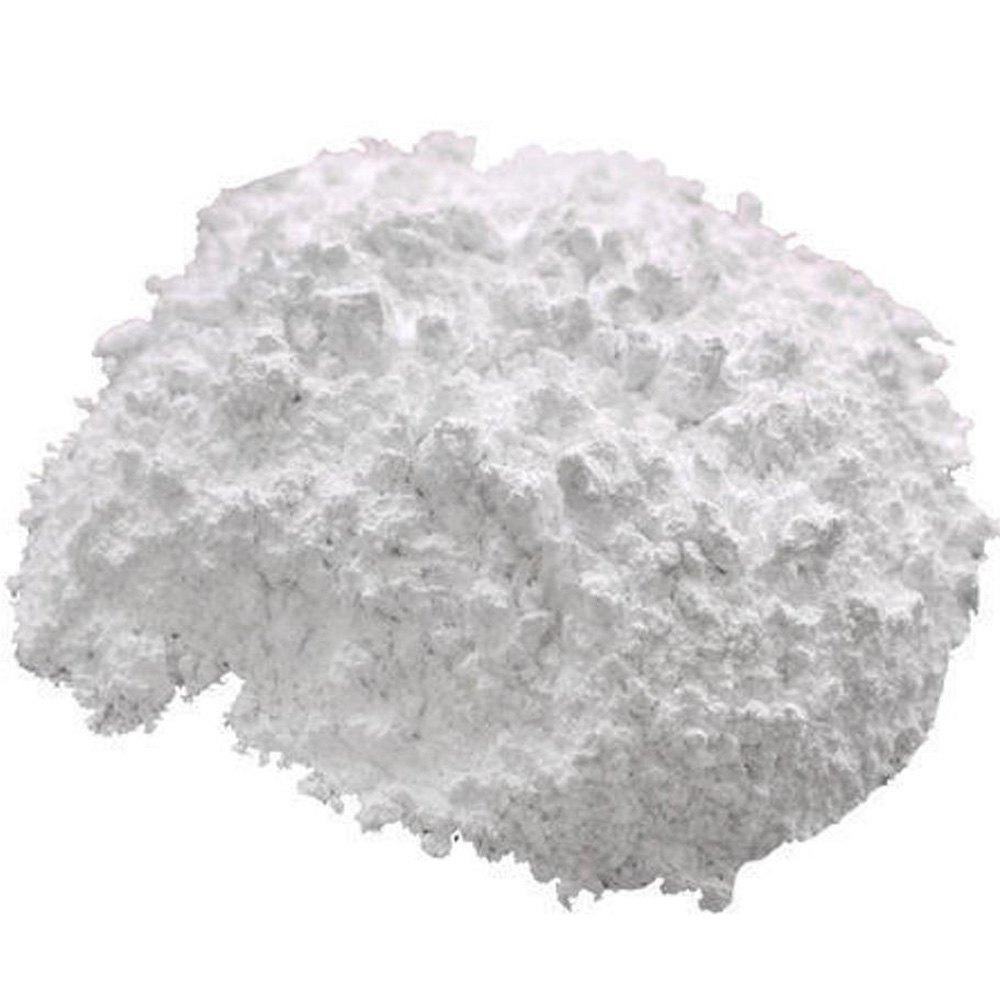Activated calcium carbonate plays a significant role in modern manufacturing, particularly in the plastics industry. Known for its beneficial properties, this compound enhances the quality, functionality, and cost-efficiency of various plastic products. Understanding how it works and why it is so valuable offers insight into the advantages it provides to manufacturers and consumers alike.
The Role of Fillers in Plastic Manufacturing
Fillers are substances added to plastics to improve their characteristics and reduce production costs. Activated calcium carbonate is a commonly used filler due to its excellent compatibility with plastic materials. When mixed into plastic formulations, it not only helps reduce expenses but also boosts the material’s performance and durability. As a result, products made with this filler are often stronger, lighter, and more adaptable to various applications.
Benefits of Activated Calcium Carbonate in Plastics
Activated calcium carbonate provides several advantages when used in plastic production:
- Enhanced Strength and Durability
This compound strengthens plastic by improving its impact resistance and reducing brittleness. Plastic products reinforced with it are often more robust and better able to withstand daily wear and tear. This durability is essential for products exposed to frequent use or rough environments. - Improved Surface Quality
One noticeable benefit of using this compound in plastic is the improvement in surface quality. By creating a smoother and more polished finish, it enhances the appearance of plastic products. This property is especially valuable in products where aesthetic appeal matters, such as packaging materials and household items. - Reduced Production Costs
As a cost-effective filler, activated calcium carbonate helps lower overall manufacturing costs. Adding it to plastic reduces the need for more expensive base materials, making production more economical. This efficiency allows manufacturers to produce high-quality plastic products at a lower price point, benefiting both producers and consumers.
Environmental Impact and Sustainability
With the growing focus on sustainability, the use of activated calcium carbonate in plastics is often seen as a more eco-friendly option. By reducing the amount of pure plastic required, this filler indirectly reduces plastic waste and conserves resources. Additionally, because the compound is derived from natural sources, it offers a relatively sustainable alternative that aligns well with environmentally conscious manufacturing practices.
Improved Thermal Stability and Processing
In plastic manufacturing, thermal stability is crucial, especially during the heating and shaping stages. Activated calcium carbonate improves the thermal stability of plastic, enabling it to withstand higher processing temperatures without degrading. This quality is particularly beneficial in applications where plastics must endure heat, such as in automotive parts and electronics.
Additionally, it improves the processing speed, allowing for more efficient production. This factor not only boosts productivity but also reduces energy consumption, aligning with efforts to make manufacturing processes more sustainable and cost-effective.
Applications in Various Plastic Products
Activated calcium carbonate is widely used across a range of plastic products, including:
- Packaging Materials
In packaging, it is commonly used to enhance the strength and durability of plastic wraps, containers, and bottles. Its addition helps create lighter yet sturdy packaging solutions, which are easier to transport and store. - Automotive Components
In the automotive sector, it is used in plastic parts like dashboards and interior trims to improve rigidity and heat resistance. This application is critical, as automotive plastics are frequently exposed to temperature fluctuations and mechanical stress. - Construction Materials
Construction materials such as plastic pipes, roofing sheets, and panels benefit from the addition of this compound. It increases their longevity and resistance to harsh weather conditions, making them suitable for long-term use in buildings and infrastructure projects.
Limitations and Considerations
While activated calcium carbonate offers numerous advantages, its usage must be balanced carefully. Adding excessive amounts may impact the flexibility of the plastic, which could be detrimental in applications requiring pliable materials. Thus, manufacturers must consider the optimal proportion to ensure that the plastic’s essential properties remain intact.
Additionally, the quality of this compound can vary depending on its source and production process. High-quality options generally offer better compatibility with plastics, while lower-quality versions might reduce performance. Therefore, choosing the right grade is vital for achieving the desired balance of cost and performance in plastic products.
Conclusion
Activated calcium carbonate has become an indispensable component in the plastic industry, thanks to its ability to enhance strength, improve surface quality, and reduce costs. It contributes to more sustainable production processes and helps create durable, high-quality plastic products across various sectors. However, careful consideration of its proportions is necessary to ensure the best outcomes. As the plastics industry continues to evolve, the role of activated calcium carbonate is likely to grow, making it a key player in developing cost-effective and environmentally friendly plastic solutions.

